Top 8 Different Types Of Charts In Statistics And Their Uses
A Pareto diagram or bar graph is a way to visually represent qualitative data. Data is displayed either horizontally or vertically and allows viewers to compare items, such as amounts, characteristics, times, and frequency. The bars are arranged in order of frequency, so more important categories are emphasized.

Choose your Graph
Jan 10, 2020 Popular graph types include line graphs, bar graphs, pie charts, scatter plots and histograms. Graphs are a great way to visualize data and display statistics. For example, a bar graph or chart is used to display numerical data that is independent of one another.

BarchartsJSDataVisualization GoodWorkLabs Big Data AI Outsourced Product Development
Bar Charts: Using, Examples, and Interpreting. By Jim Frost 4 Comments. Use bar charts to compare categories when you have at least one categorical or discrete variable. Each bar represents a summary value for one discrete level, where longer bars indicate higher values. Types of summary values include counts, sums, means, and standard deviations.
Top 8 Different Types Of Charts In Statistics And Their Uses
Where Education Drives Mobility (data chart) Bigger, Saltier, Heavier: Fast Food Since 1986 in 3 Simple Charts (back-to-back bar graphs) Your Questions About Food and Climate Change, Answered (bar.

Basic Bar Graphs Solution
Loading. Make charts and dashboards online from CSV or Excel data. Create interactive D3.js charts, reports, and dashboards online. API clients for R and Python.
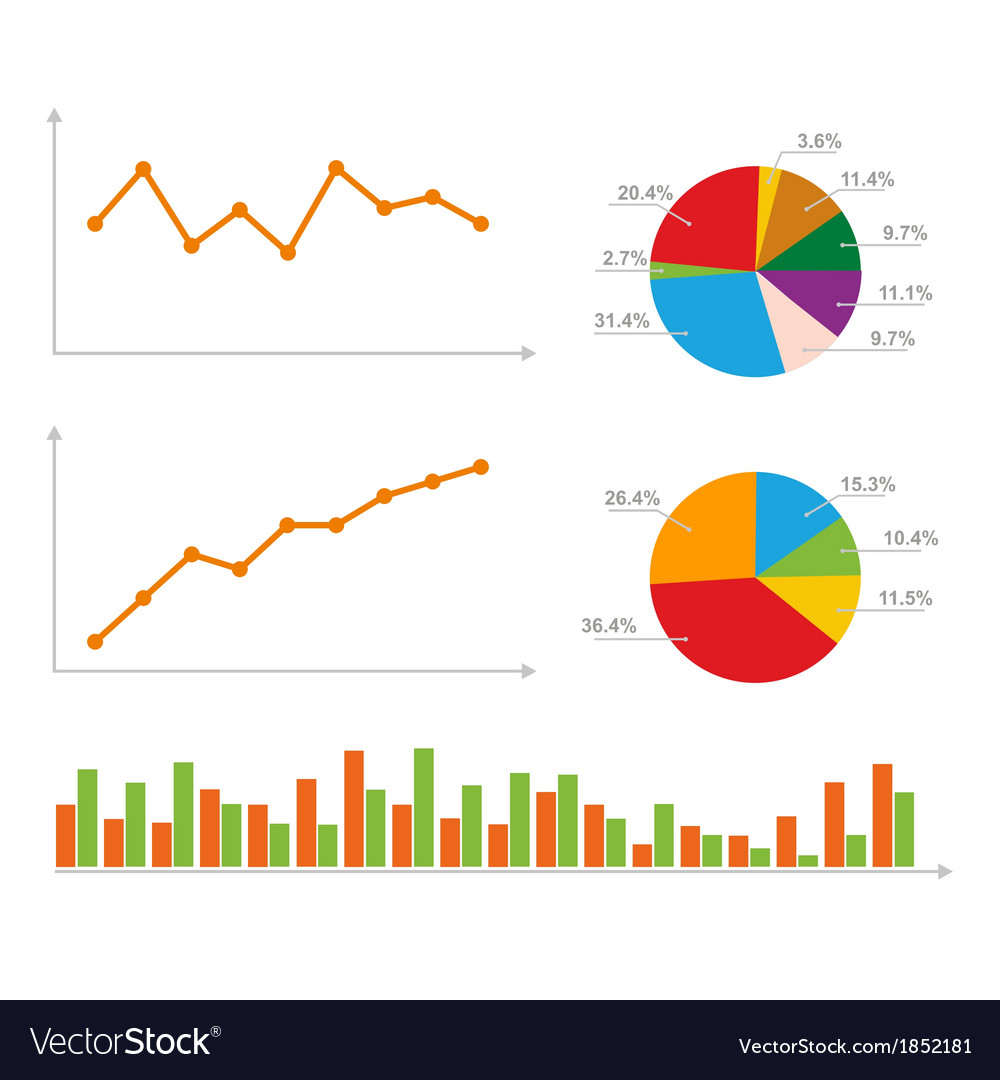
Charts statistics and pie diagram Royalty Free Vector Image
1. Pareto Diagram or Bar Graph A Pareto diagram is also known as a bar chart. It is the best way to represent qualitative data. It was developed in the early 1900s by Vilfredo Pareto. He used this graph to conduct his study on wealth and poverty. This chart offers two ways to display the data.
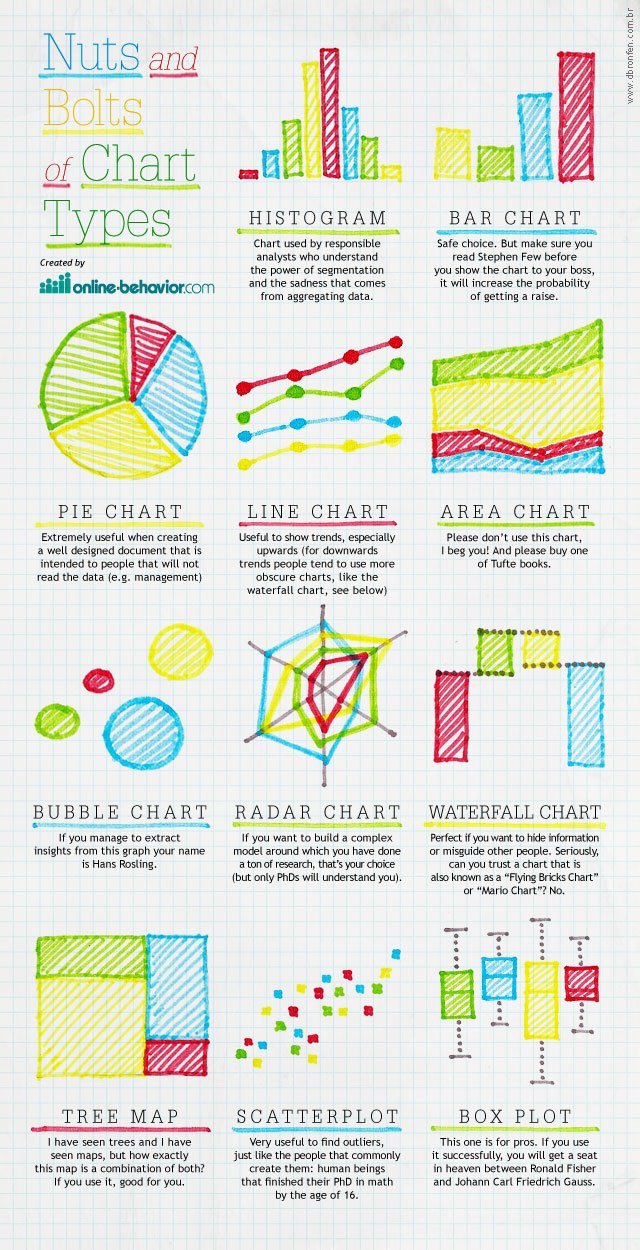
Types Of Charts And Graphs Choosing The Best Chart Riset
For example, if you have ten items in your data set, type them into cells A1 through A10. Step 2: Click the "Data" tab and then click "Data Analysis" in the Analysis group. Step 3: Highlight "Descriptive Statistics" in the pop-up Data Analysis window. Step 4: Type an input range into the "Input Range" text box.
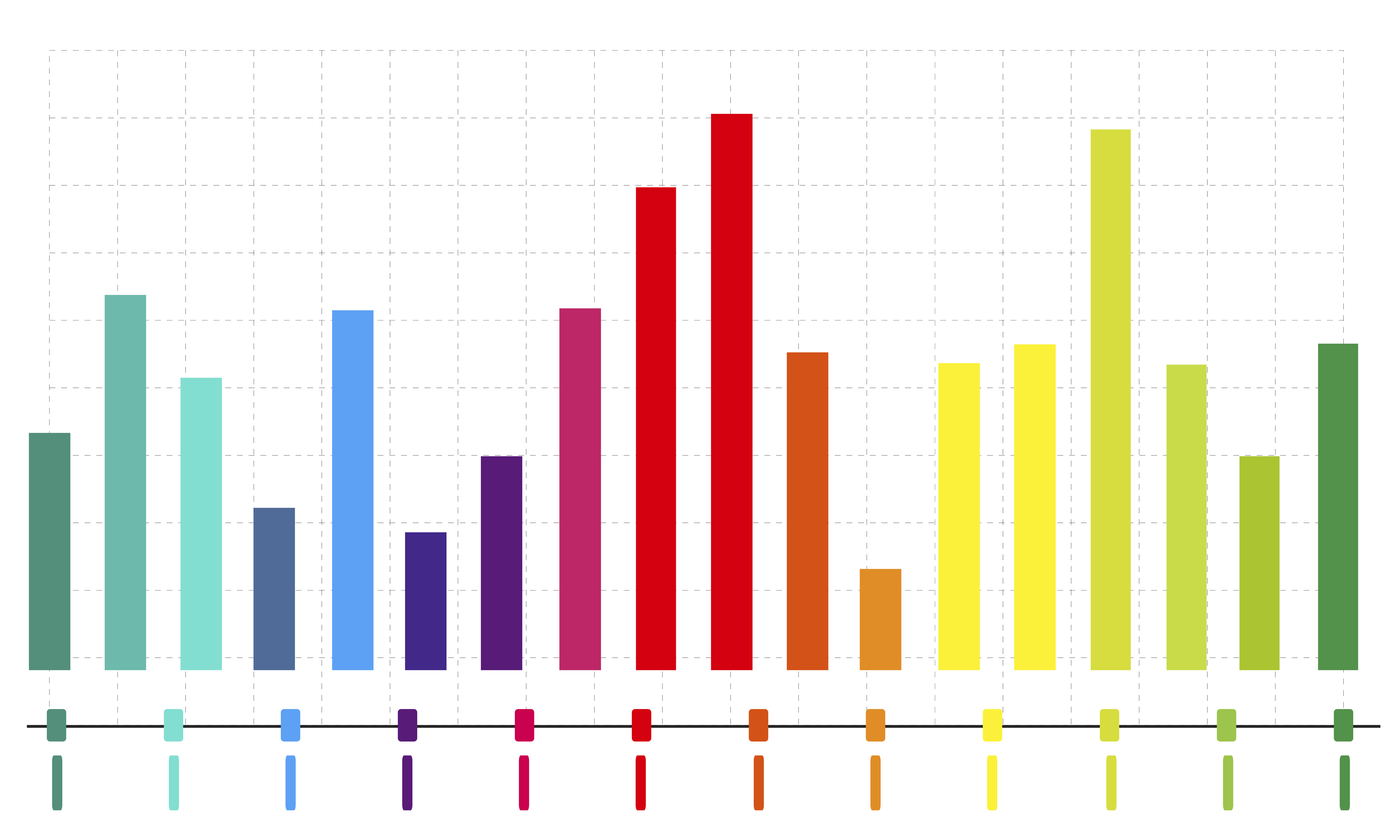
Illustration of data analysis graph Download Free Vectors, Clipart Graphics & Vector Art
1. Bar Graph A bar graph should be used to avoid clutter when one data label is long or if you have more than 10 items to compare. Best Use Cases for These Types of Graphs Bar graphs can help you compare data between different groups or to track changes over time.
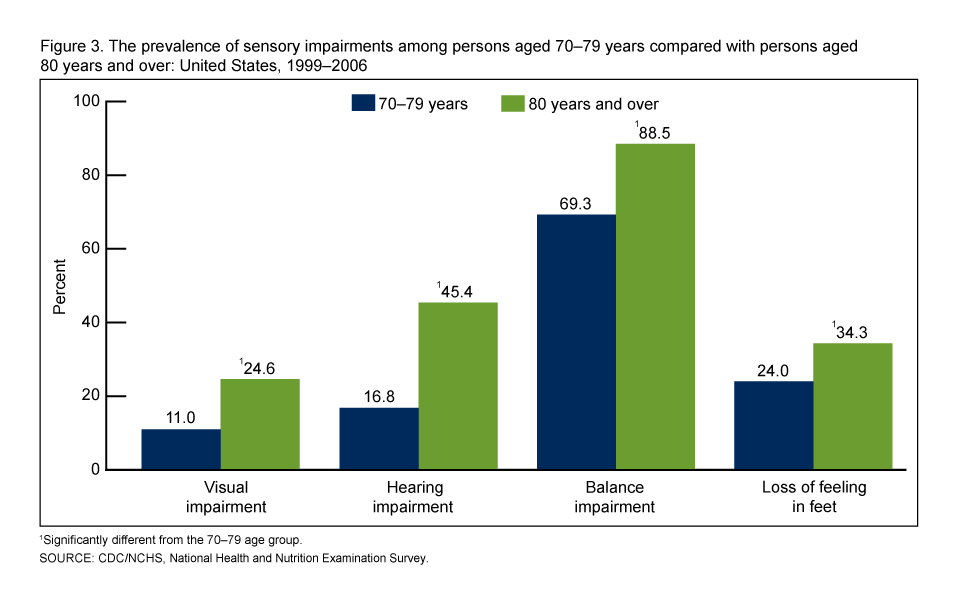
Descriptive Statistics Definition & Charts and Graphs Statistics How To
Annual change in GDP, population and CO₂ emissions. Births and deaths per year. Historical national accounts estimates of the share of the world's population living on less than $5 per day, by region. Natural population growth rate vs. child mortality rate. Natural population growth rate vs. median age.
Top 8 Different Types Of Charts In Statistics And Their Uses
1. Bar Chart Most of the companies use bar charts because one of the most used data visualizations is bar charts. They can be used to swiftly compare data across categories, emphasize discrepancies, disclose historical highs and lows, and indicate trends and outliers.
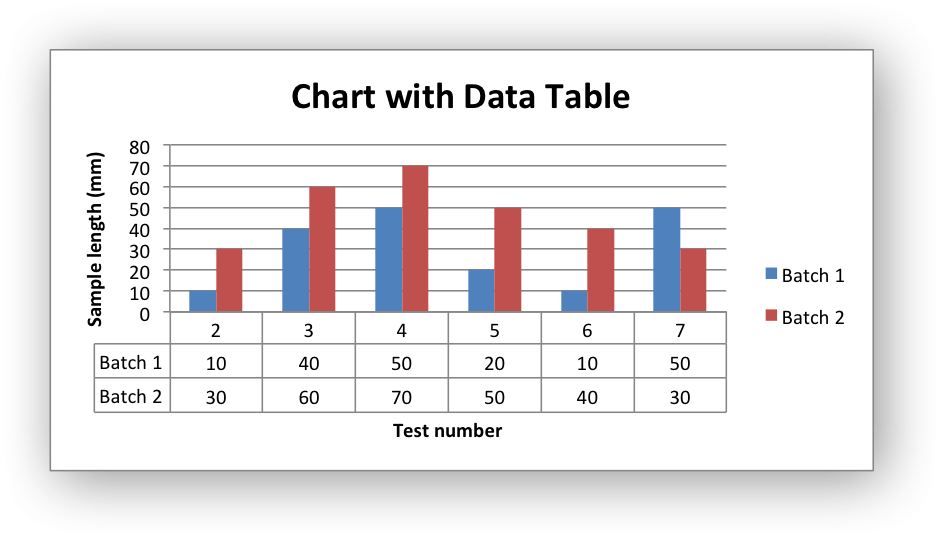
Example Charts with Data Tables — XlsxWriter
Example 1 - Create a bar chart for the data in Figure 1. The first step is to enter the data into the worksheet. We next highlight the range A4:D10, i.e. the data (excluding the totals) including the row and column headings, and select Insert > Charts|Column.
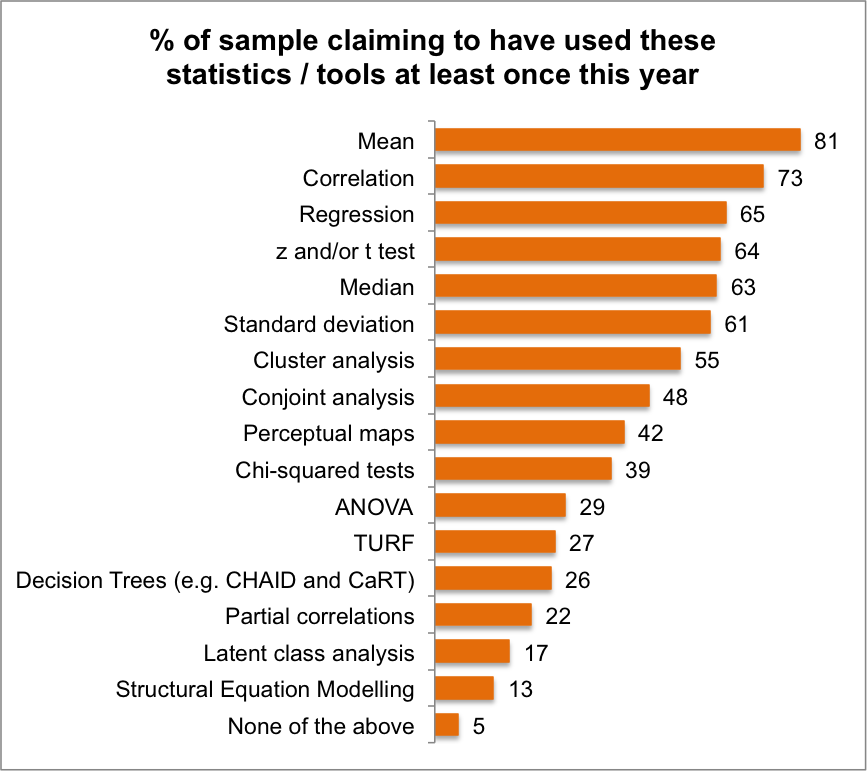
The Statistics and Statistical Tools Used in Market Research in 2017 NewMR
Essential Chart Types for Data Visualization. Charts are an essential part of working with data, as they are a way to condense large amounts of data into an easy to understand format. Visualizations of data can bring out insights to someone looking at the data for the first time, as well as convey findings to others who won't see the raw data.
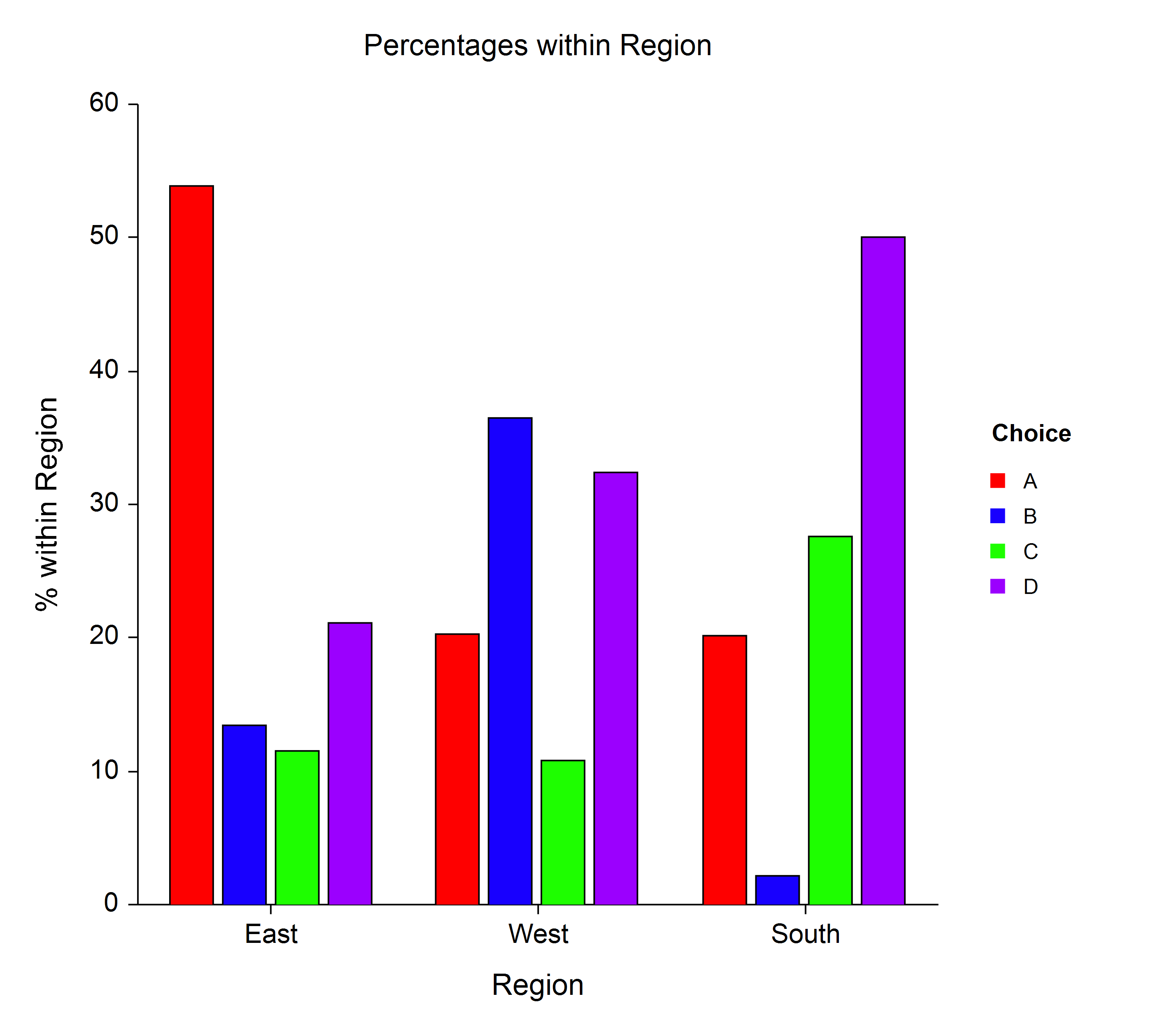
Survey Data Analysis Software Summary Statistics NCSS
How to create a graph in 5 easy steps. 1. Select a graph or diagram template. 2. Add your data or information. 3. Add icons or illustrations from our library. 4. Change the colors, fonts, background and more.
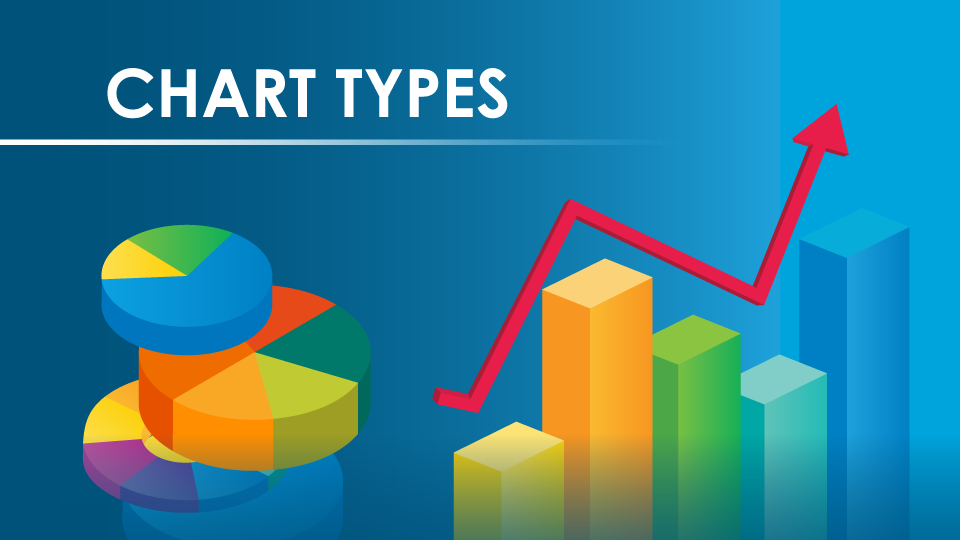
Top 9 Types of Charts in Data Visualization 365 Data Science
Find statistics, consumer survey results and industry studies from over 22,500 sources on over 60,000 topics on the internet's leading statistics database
:max_bytes(150000):strip_icc()/pie-chart-102416304-59e21f97685fbe001136aa3e.jpg)
7 Graphs Commonly Used in Statistics
Line charts typically require a continuous variable for the Y-axis and a continuous, time, or categorical variable for the X-axis. To learn about other graphs, read my Guide to Data Types and How to Graph Them. Example Line Chart. A school tracks its enrollment over time and uses a line chart to display the long-term trends.
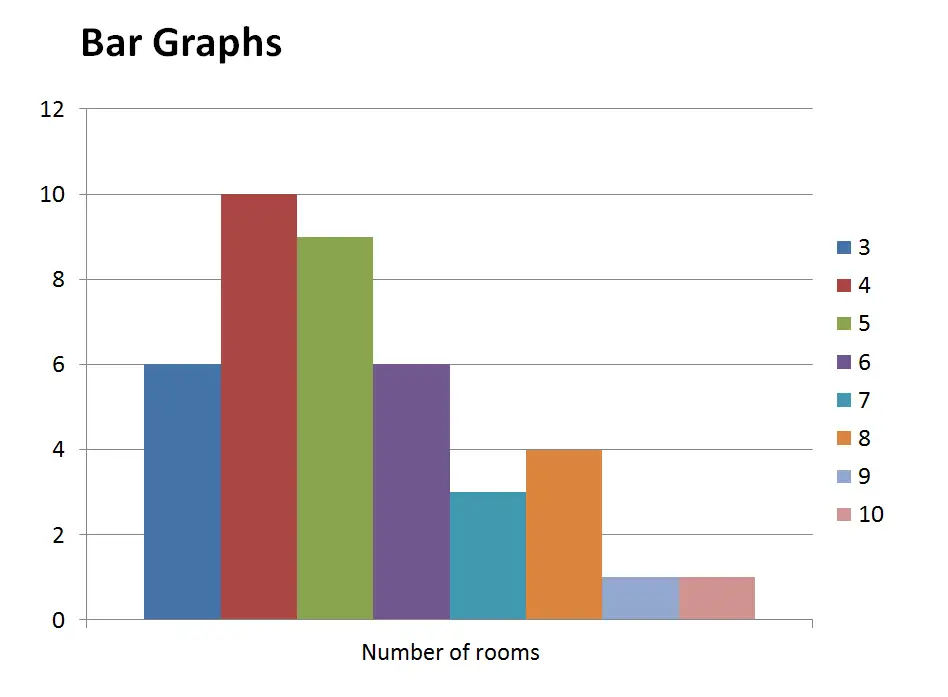
Statistical Presentation Of Data Bar Graph Pie Graph Line Graph Example Engineering Intro
Use pie charts to compare the sizes of categories to the entire dataset. To create a pie chart, you must have a categorical variable that divides your data into groups. These graphs consist of a circle (i.e., the pie) with slices representing subgroups. The size of each slice is proportional to the relative size of each category out of the whole.